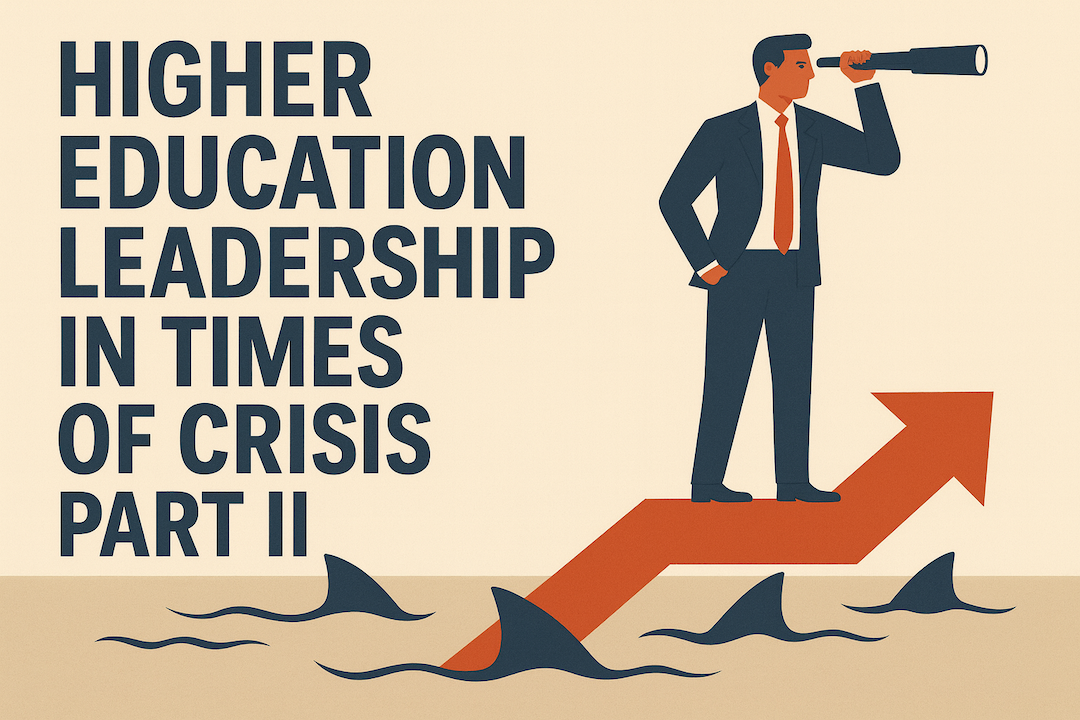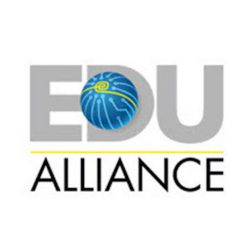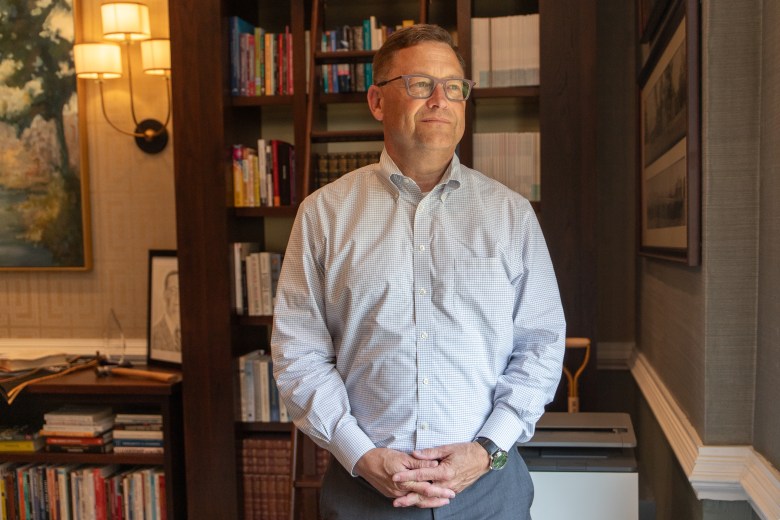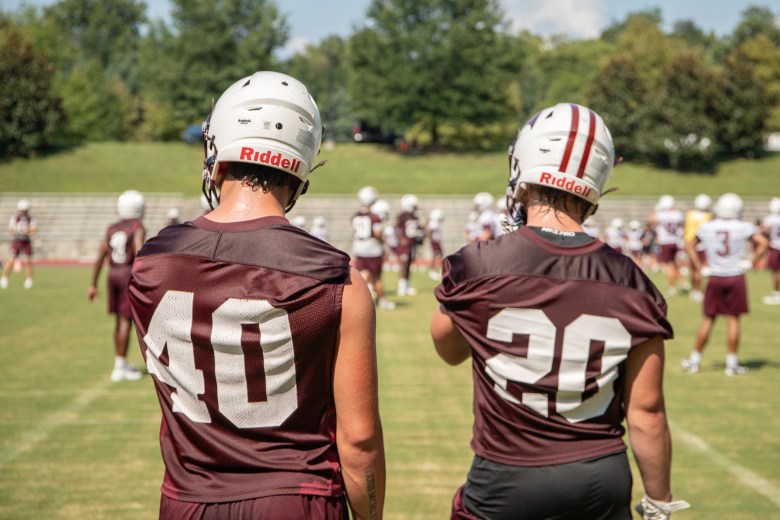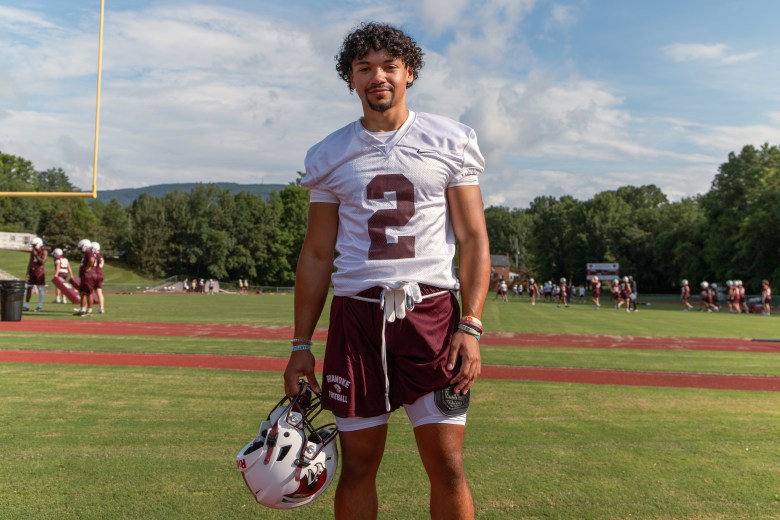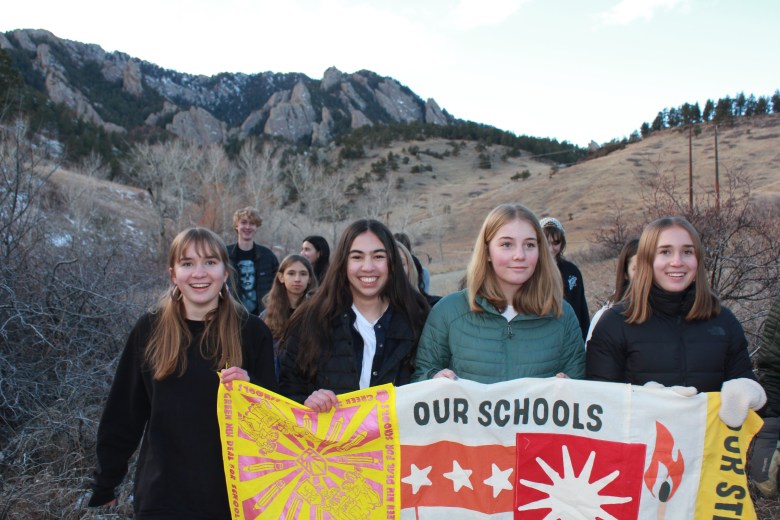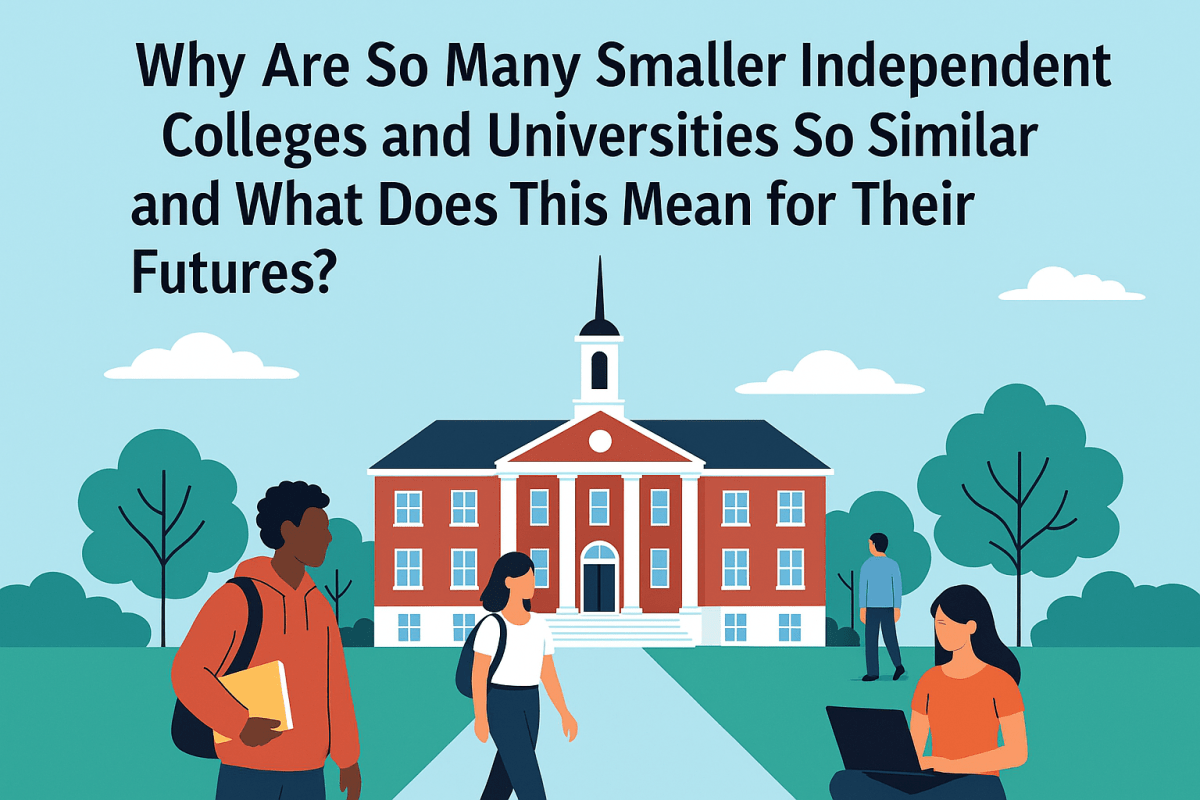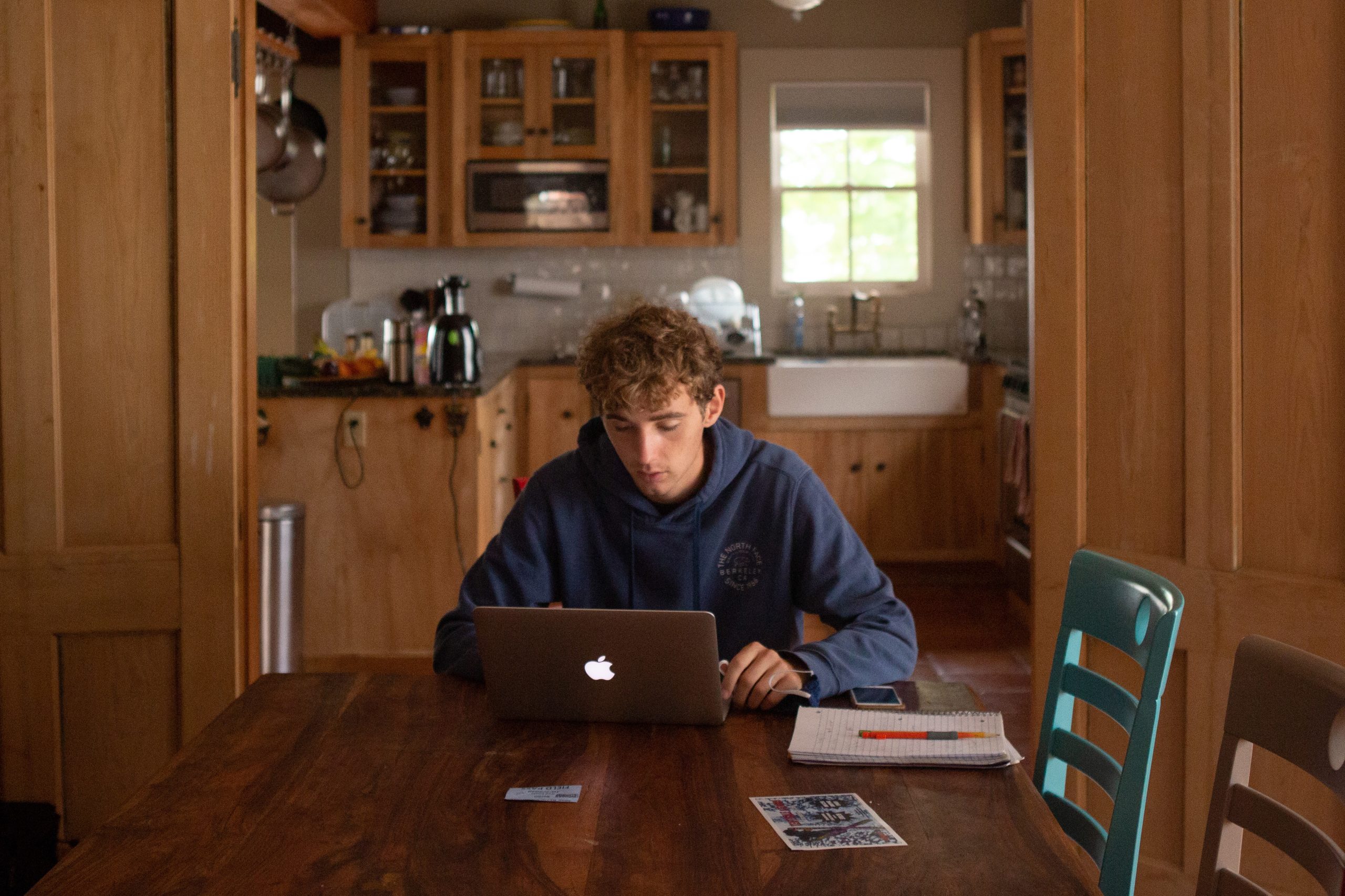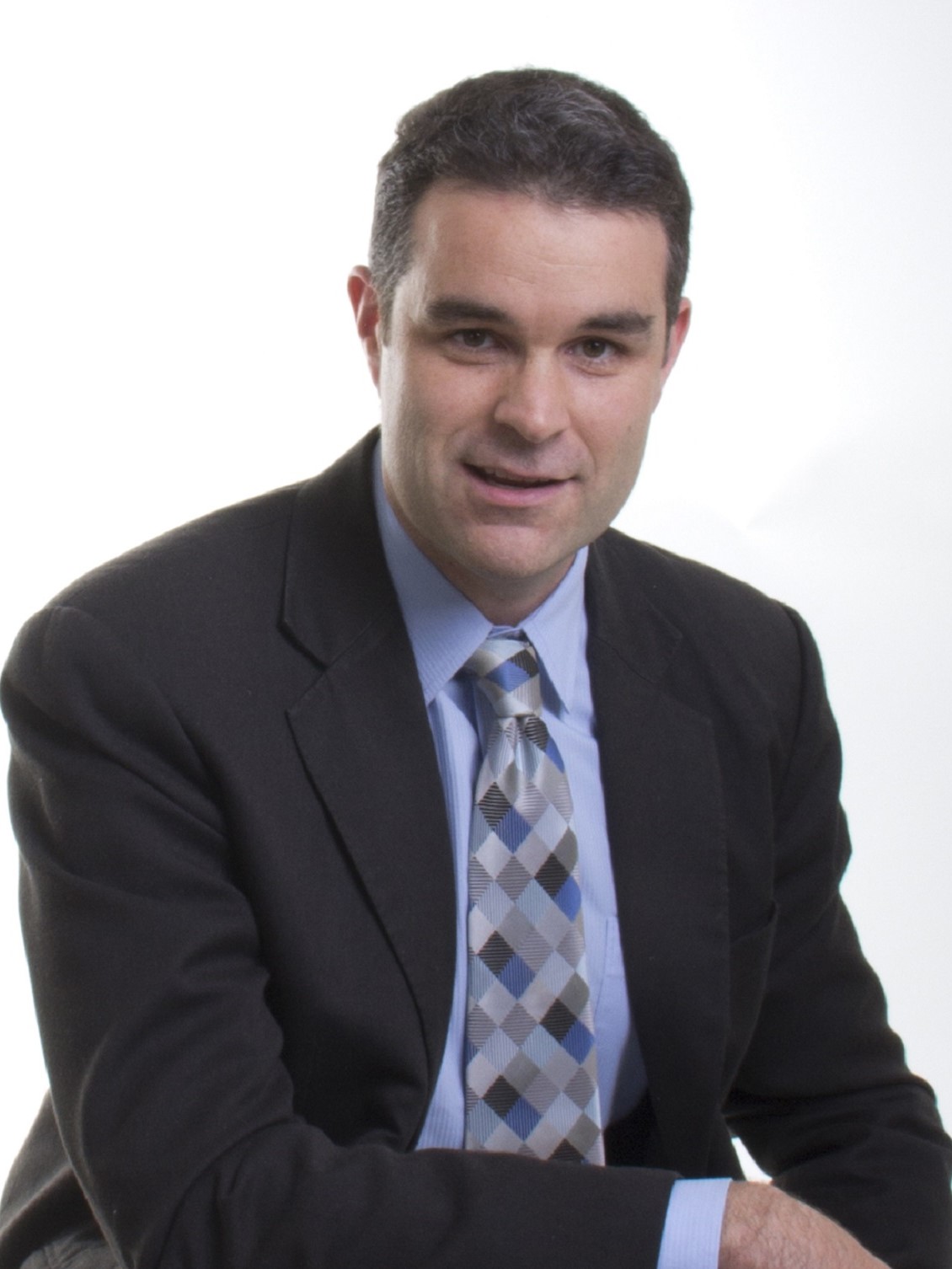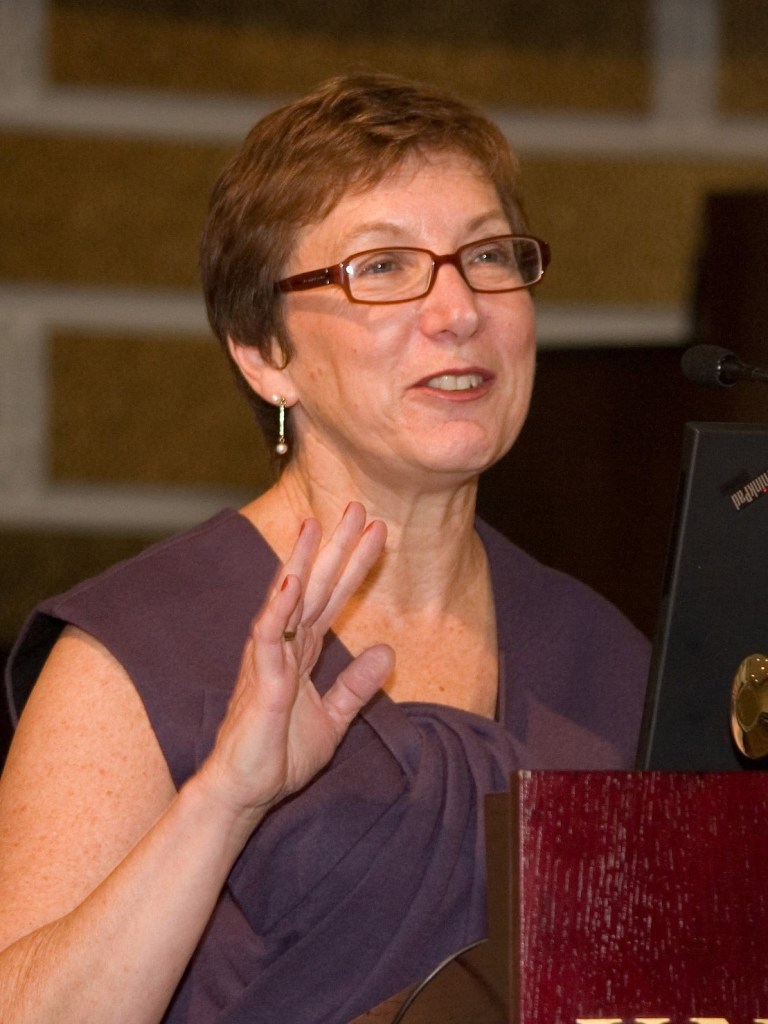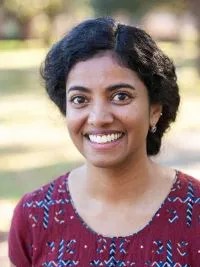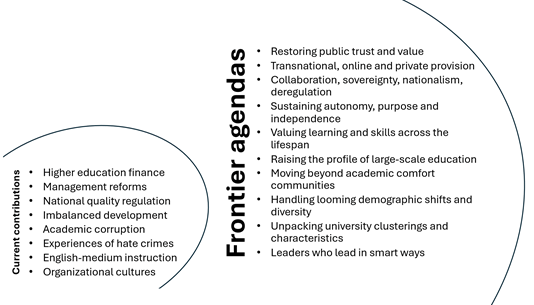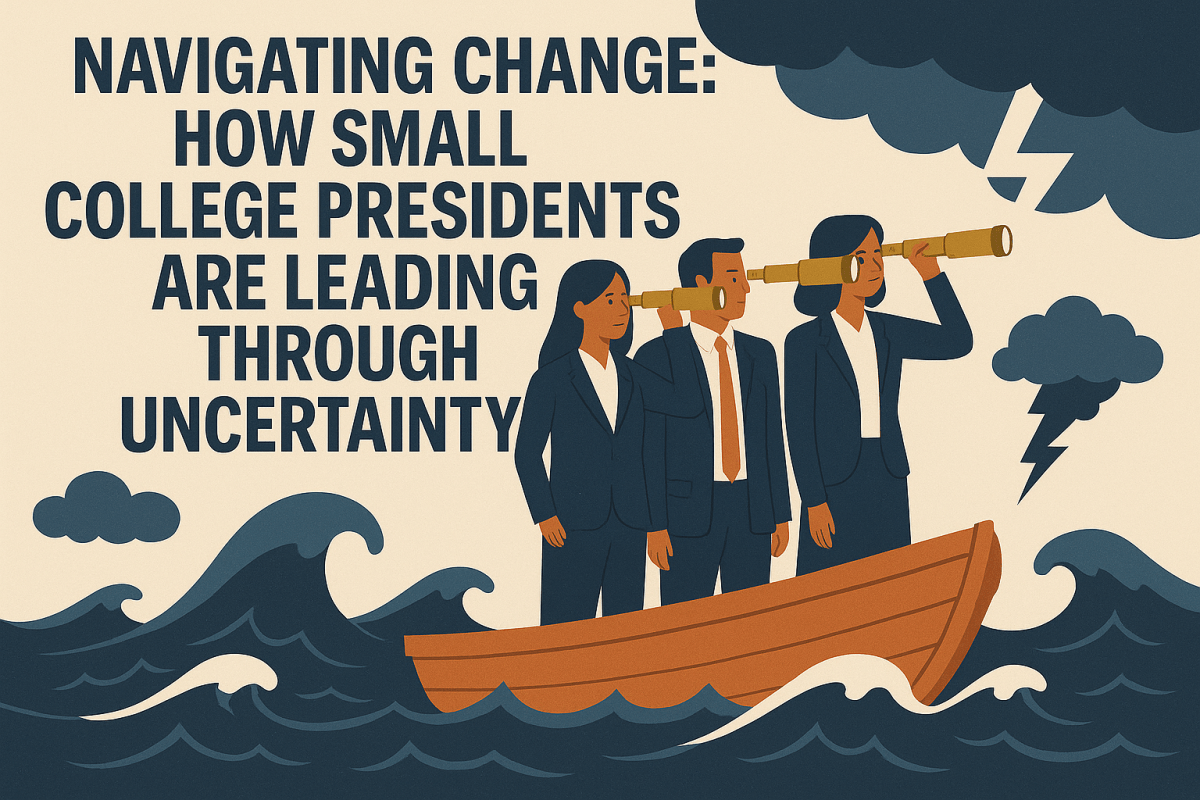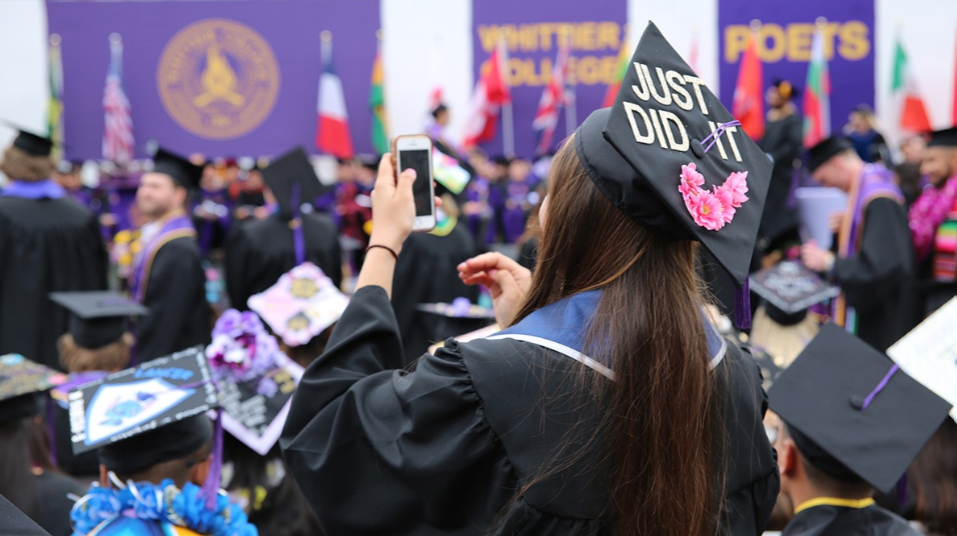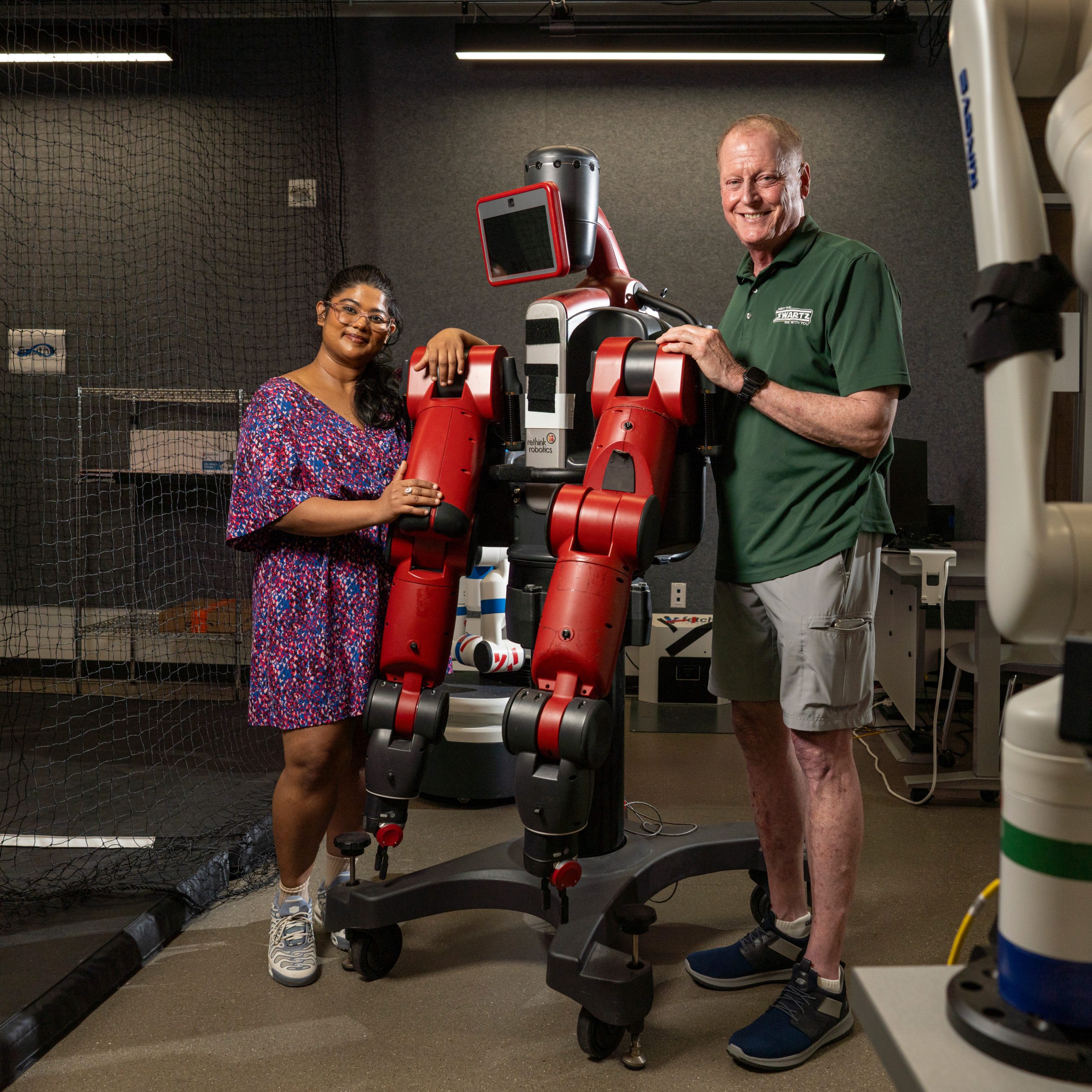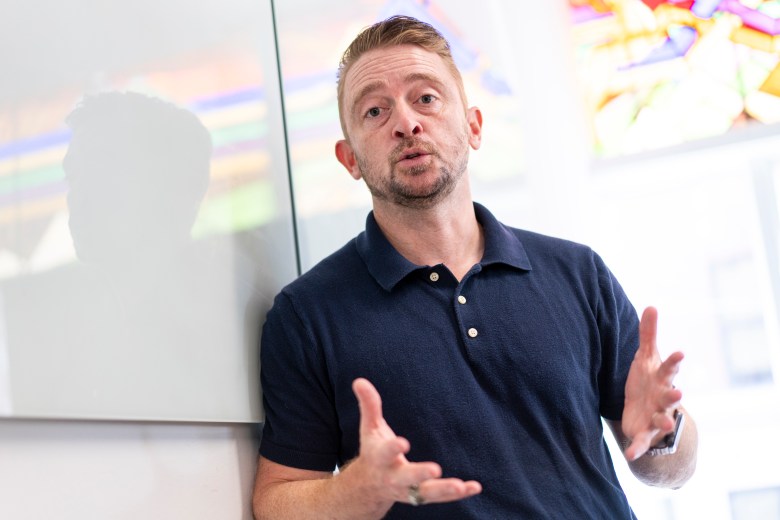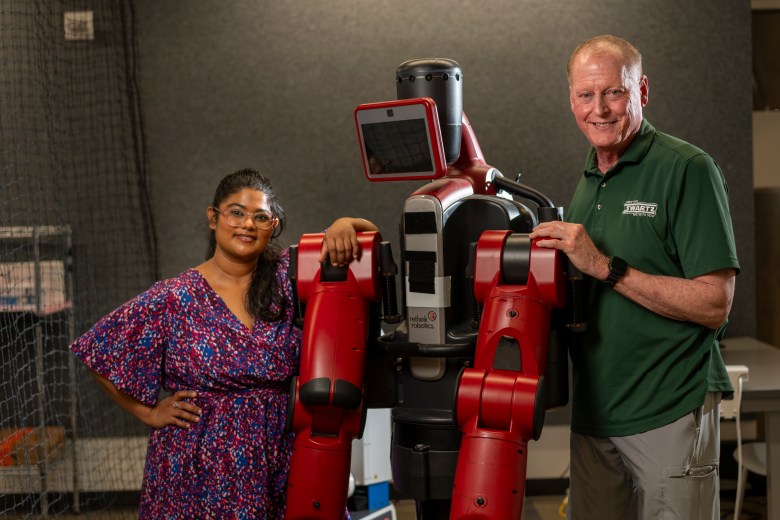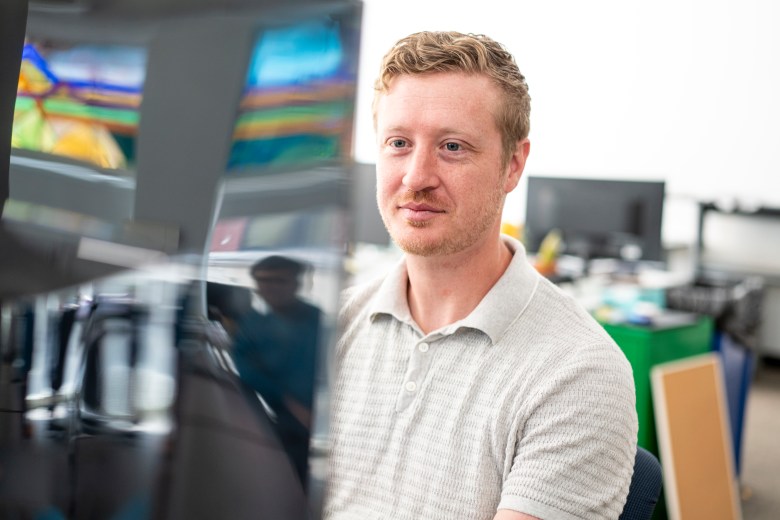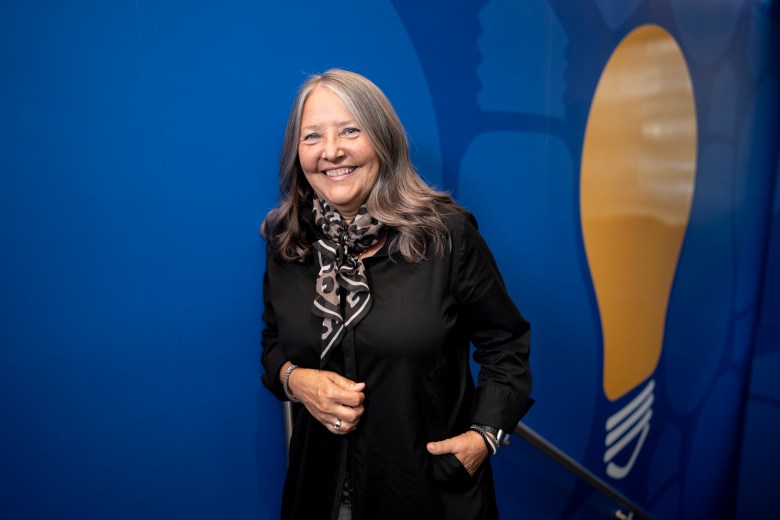Hushed conversations about the budget, a shrinking applicant pool and that dreaded enrollment cliff are no longer whispers. The numbers are in and they tell a story you know all too well: the old way of doing things isn’t working any more.
The traditional models are failing to keep pace with a new generation of students and a rapidly evolving job market. We’ve moved beyond the “enrollment cliff” as a future threat; it’s a present reality that is forcing institutions to fundamentally rethink their approach to marketing and enrollment.
The old playbook of generic campaigns and static brochures is obsolete. In 2026, the game is no longer about reaching the most students but about connecting with the right students in the most authentic way possible. This new landscape is defined by data, driven by Artificial Intelligence (AI) and built on a foundation of radical transparency. It’s a world where the institutions that survive will be those willing to break away from the establishment and challenge the status quo.
Explore the 2026 trends and predictions that are shaking up digital marketing for education industry, what it means for the next generation of enrollment and how institutions can position themselves to thrive in a new era of higher education.
Shift to GEO/AEO and “Search Everywhere Optimization”
With the rise of social search and AI Overviews, traditional Search Engine Optimization (SEO) is becoming insufficient. The new paradigm is “Search Everywhere Optimization.” This includes GEO (Generative Engine Optimization) to ensure your institution is favorably mentioned in AI-generated answers and AEO (Answer Engine Optimization) to appear in direct answers in AI Overviews as well as on platforms like TikTok, Reddit, Quora and voice assistants. By 2026, success will not be measured by a #1 ranking on a Google page, but by being the embedded answer wherever a student asks a question.
Conversational AI as the 24/7 Admissions Counselor
AI is already strongly embedded in advertising platforms to capture student interest, but the next frontier is how institutions leverage AI in lead nurturing and admissions. As shown in EducationDynamics’ latest Engaging the Modern Learner Report, 60% of students use AI chatbots for college research, a significant jump from 49% just a year ago. This will move beyond simple chatbots into sophisticated conversational AI that manages entire nurturing funnels, providing instant, personalized answers to complex questions about financial aid, credit transfers and program specifics via SMS and web chat. These AI assistants will be able to schedule campus tours, triage inquiries to the correct human counselor and provide 24/7 support, dramatically improving the prospective student experience and freeing up admissions teams to focus on high-intent, high-value interactions.
Authentic Storytelling
Authentic user generated content will be a vital part of a brand’s storytelling as more students turn to social channels and short form video to research and validate individual brands. Brands will increasingly leverage content creators’ sphere of influence, leveraging short-form video to tell showcase their brand story. This creates a massive opportunity for institutions to leverage user-generated content and partner with student-creators who can showcase the real, unpolished and relatable brand story. Think a “Day in the Life” series on TikTok or a student ambassador Q&A on Instagram Live—these genuine interactions build trust and connection in a way a static brochure never could.
AI for Personalization
AI picks up on individual user preferences and can serve ad creative that they are more likely to engage with due to better relevance. AI will use existing ad assets (images, videos, headlines, descriptions, etc.) and landing page experiences to create unique and personalized ads. Landing page personalization will also emerge in 2026 as a way to increase relevance and conversion rate optimization. To be successful, advertisers need to provide a wide variety of existing assets and have a strong landing page experience. For example, if a prospective student has previously browsed your computer science program page, an AI-powered ad could then automatically show them a video testimonial from a current computer science student, rather than a generic campus tour video.
Rise of Social for Search
Over the past couple of years, we’ve seen students turning to social for search, we will continue to see this pattern and expect it to increase. Unlike a traditional search engine that provides a list of links, social platforms offer an immersive experience. Students can search for a university’s name and instantly see “day in the life” videos, unscripted dorm tours and Q&A sessions with real students. This content feels more genuine and trustworthy than a polished university-produced video. For them, a hashtag search is less about finding a fact and more about getting a feel for a school’s culture. Having an organic and paid presence on social channels will be vital for brands to be present where their audience is searching.
More Ads in AIOs/AI Mode
To date, there have been very few instances of EDU ads within AI Overviews or AI Mode, but in 2026, we expect this to change dramatically. Google is actively integrating ads directly into its AI-generated summaries and institutions need to be prepared to take advantage of this new frontier for digital advertising for higher education.
This shift is about more than just a new ad placement; it represents a fundamental change in how advertisers reach prospective students. Instead of relying solely on keywords, digital advertising for universities in AI Overviews are triggered by the full conversational context of a user’s query. This means an ad for your nursing program could appear not just on a search for “nursing school near me,” but also on a more exploratory query like “what are the best career paths in healthcare?” that generates an AI Overview response.
To secure a presence in these valuable new placements, institutions will need to embrace Google’s AI-powered ad solutions. These include:
- Broad Match:
This uses Google’s AI to match your ads to a much wider range of relevant searches, including long-tail and conversational queries that are common in AI Overviews.
- Performance Max:
This campaign type leverages automation to find high-value conversions across all of Google’s channels, including Search, Display, YouTube and, increasingly, AI Overviews.
- AI Max for Search (Beta):
The newest iteration of Google’s AI-powered ad solutions, AI Max for Search is designed specifically to enhance creative relevance and expand reach within AI-driven search experiences.
As AI-generated results take up more screen space, being present in these ad placements is crucial. This is a chance to get your brand in front of students at a new moment of discovery, where they are actively seeking complex, nuanced information. Shifting to these AI-powered tools is the key to ensuring your institution remains visible and competitive.
First-Party Data is the Ultimate KPI
As audience targeting and keywords continue to get broader, across paid search and paid social, properly training AI to find and optimize to the right user will be crucial to a campaign’s success. The best signal institutions can provide is through their own data. Institutions will need to prioritize regularly importing their 1st party data to fuel their audiences and bidding strategies. Bidding to outcomes will drive quality and as a result CPCs as a KPI will decrease in importance, especially as CPCs continue to increase. Instead, the focus should remain on the cost per outcome, such as cost per application and cost per enroll. Focusing on and optimizing to these ultimate KPIs will bypass front-end noise, ensure quality and prioritize outcomes that more closely correlate to business goals.
Ready to Break Free From the Old Playbook in the Higher Education Industry?
The time for waiting is over. The institutions that will survive and thrive in this new era are those that abandon the outdated playbooks of the past and embrace a new, data-driven and authentic approach to enrollment.
This is not a time for incremental change. It’s a time for bold, strategic action. By leveraging AI for personalization and operational efficiency, embracing authentic storytelling and prioritizing first-party data, you can build a recruitment strategy that not only attracts the right students but also proves the enduring value of your institution.
Ready to transform your enrollment strategy and secure your institution’s future? EducationDynamics is the only partner with the expertise, technology and end-to-end solutions to help you not just adapt, but thrive. Contact us today to future-proof your institution.


